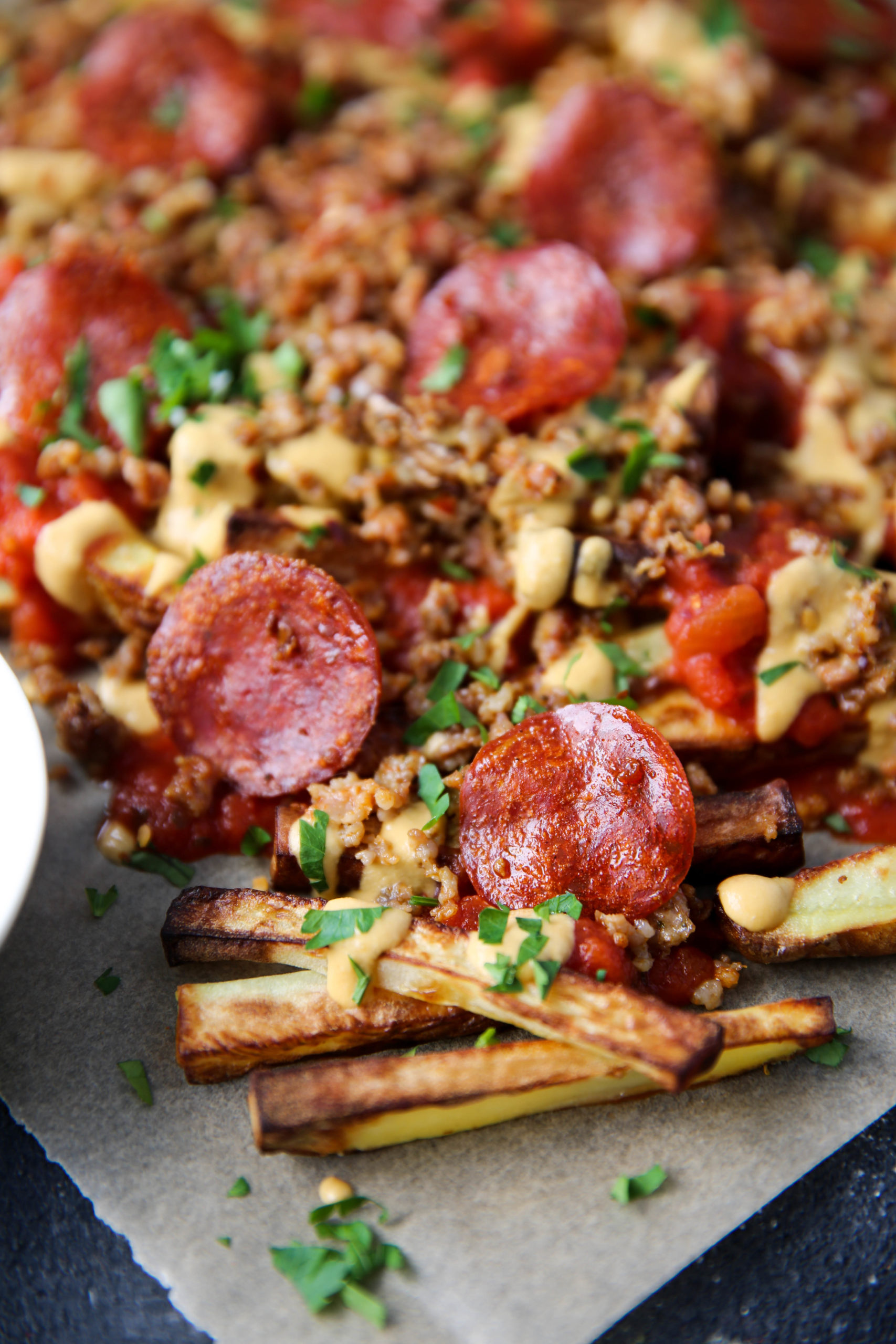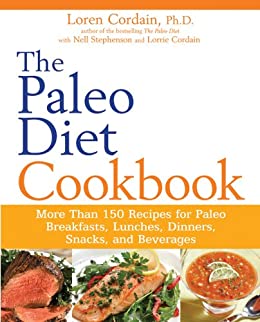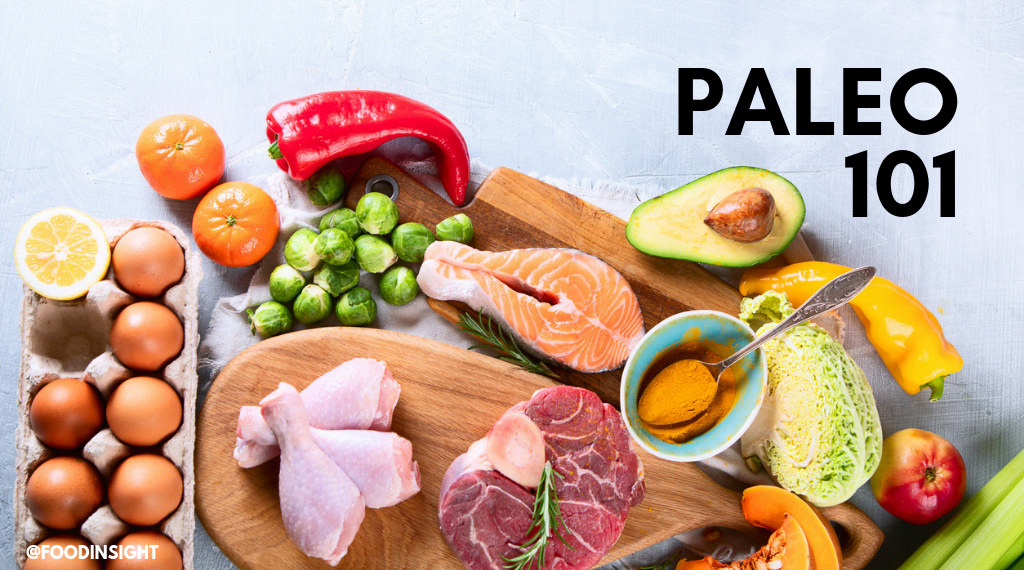
The menu diet paleo encourages us to eat the foods our ancestors enjoyed. This diet includes food such as apricots and dried pumpkin seeds. You can also eat sweet potatoes, chicken and other vegetables. Although the paleo diet may seem restrictive, EatingWell believes in the importance of certain foods. We'll show you how to eat them while maintaining a healthy diet.
Pola Makanan Paleolithic Manusia
Christina Warinner, Ph.D., studied pola makan manusia purba and mitos-mitos pola makanan paleolithic manusia in 2010. She reveals that manusia Paleolithic consumed large amounts of daging and ate all kinds of meat. This myth was once widely believed by paleolithic humans, but it has been discredited and is no longer relevant.
The diet of paleo (also known as the diet manusia-gua) is a way to eat like what manusia.gua and other people used to eat. Their kesehatan is improved and they preserve their heritage. This diet isn't for everyone. This diet is not suitable for everyone and is only recommended for a small number of people.
The Ramasokat lukisan is composed of two types kelompokan: Ceruk and Lukisan Gua. They were cultivated in Liabalano as well as Sulawesi Tenggara. The lukisan gua consists of a mixture protein, fat, and carbohydrate. These nutrients support healthy living, and may even help us understand the nuances of human evolution.

Modern humans have many advantages, but there are also some risks. People who consume foods high in nutrients, like those in the Paleolithic Era's Paleolithic Era are more likely to get diseases. Clean eating will help reduce your risk of disease. Clean Eating can help you eat healthier. Eating this way has obvious benefits. A low-fat diet can improve your health and prevent you from becoming sick.
Paleolithic diet allows certain foods
Many foods found in processed food contain added sugars, vegetable oils, and artificial sweeteners, which can be detrimental to your health. Overeating and excessive consumption of refined sugars can lead to obesity. High levels of salt can also cause heart disease. The American Heart Association recommends that vegetable oils be replaced with canola oil by using safflower oil or corn oil. These oils contain high levels omega-6 fatty acids.
Some commercial paleo diets limit dairy products to a minimum. Others have more strict restrictions. Lean pork loin, roasted chicken and onion stuffing with carrot stuffing and steamed broccoli are some of the foods that paleolithics can eat. Other paleo diet plans allow small amounts of maple syrup or honey. These diets have received varied levels of scientific support.
The high levels of phytotic acid found in legumes is something paleo enthusiasts recommend you avoid. These substances hinder the absorption vital minerals from your gut. In some cases, however, they may be allowed. Even though it might be tempting to eat lentils and potatoes, you shouldn't add them to your diet as often or as frequently as you would with other processed foods. Your daily meal plan should contain plenty of fruits or vegetables.
Guidelines for eating a paleolithic lifestyle
Although the Guidelines for Eating a Paleolithic Diet is very different from the modern diet, they share the same principles. While the Paleolithic diet was primarily composed of animal products, it is also rich in plants, and there are few limitations. The diet is not for everyone. It is important to be cautious if Paleolithic living might suit you.

The Paleolithic diet excludes dairy products from most meals. You may be at risk of nutritional deficiencies if you cut out these important food groups. A deficiency or lack of calcium in your diet can lead tooth decay. This could have a negative impact on your teeth and bones. Furthermore, calcium plays a role in blood clotting and muscle contraction. Moreover, whole grains reduce the risk of heart disease, stroke, and type 2 diabetes. However, because grains were largely eliminated, you may find yourself at risk for calcium deficiency.
These guidelines are specific to Paleolithic eating. It encourages the consumption of nutrient-rich foods and protein, while limiting carbohydrates and processed foods. It is best to follow the guidelines closely so you don't overdo it. Every person is unique and a paleolithic diet will be different. It is important to understand that the Paleolithic diet is based on a lifestyle that was prevalent 10,000 to 12,000 years ago.
FAQ
What are some basic cooking skills?
Basic cooking skills include knowing how to read recipes, measure ingredients, cook food safely, and clean up after yourself. These are the essential skills you will need to be able cook for yourself. Cooking is also a great way to save money since you don't have to eat out all the time.
Are there any ingredients I can buy to cook?
You don't necessarily need to buy any ingredients. Most grocery stores sell premade sauces and other items you can use as substitutes. However, if you want to save money, then buying pre-made meals can be helpful.
Can I learn to cook alongside my kids?
Yes! Children love to help in the kitchen. It's a fun activity which teaches children responsibility and teamwork. From washing vegetables to chopping onion, children can help. If your children follow safe practices when handling knives, they will enjoy helping you cook.
Statistics
- under 10 Kids have been taught that there is special food just for them, and Fiese says that 10 percent of kids will throw a tantrum if they don't get the food they want. (washingtonpost.com)
- In the United States, the category is estimated at $23.2 billion annually and is growing faster than the market. (washingtonpost.com)
- You'll be amazed that over 90% of CIA students receive scholarships and grants to finish their culinary studies. (ischoolconnect.com)
External Links
How To
How to cook your steak
The thickness of the meat determines the best cooking method. Thicker steaks can be cooked on a low heat. Thicker steaks need to be cooked at higher temperatures.
It's important to not overcook the steaks as they will lose their taste. And remember always to remove the steak from the pan when it's done - this way, you won't burn yourself.
The size and desired doneness of the steak will affect the cooking time. Here are some guidelines to help you get started:
Medium Rare: Cook until medium rare, which means the internal temperature reaches 145degF (63degC). This should take between 3 and 5 min per side.
Medium: Cook till medium. This normally takes around 6 minutes per side.
You are done when the internal temperatures reach 180°F (82°C). This takes between 8 and 12 minutes per side.